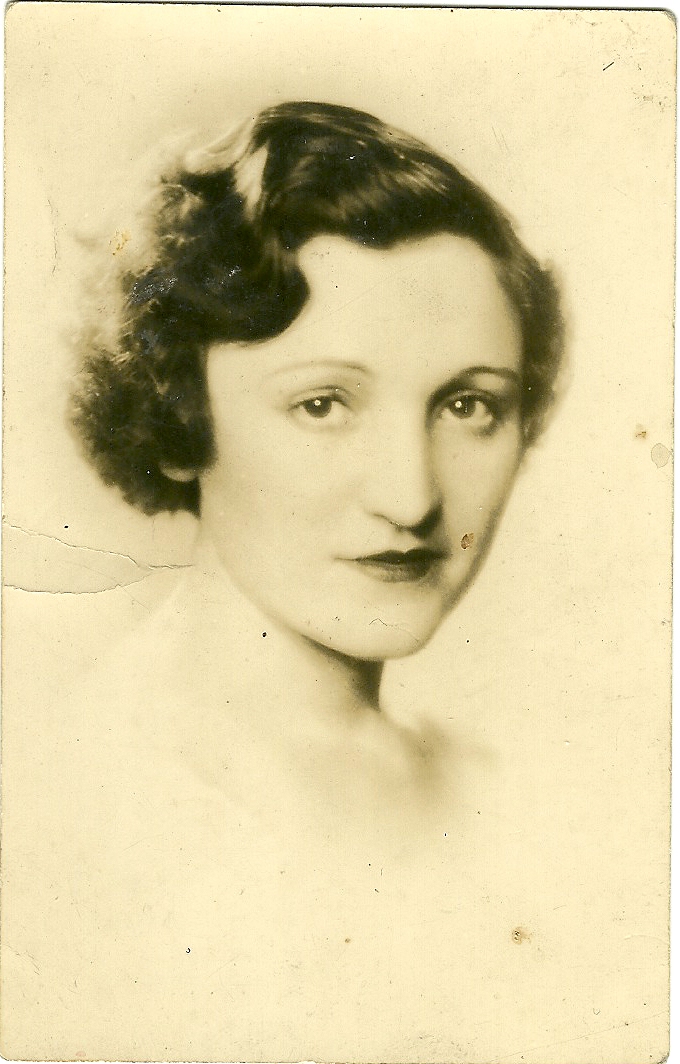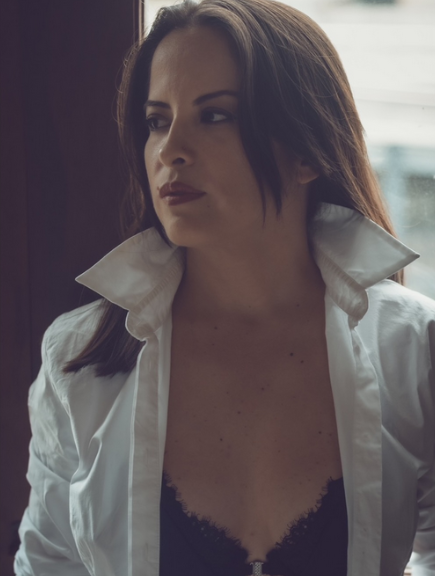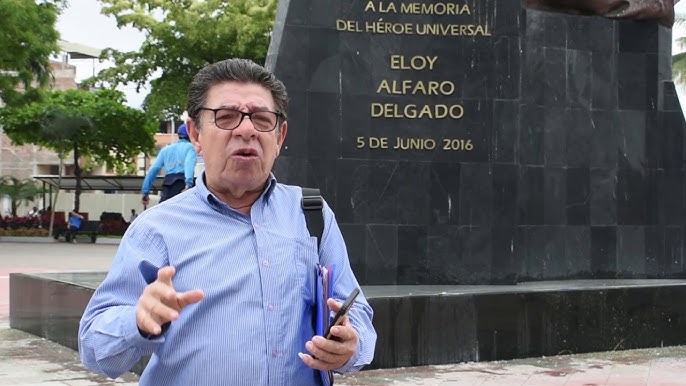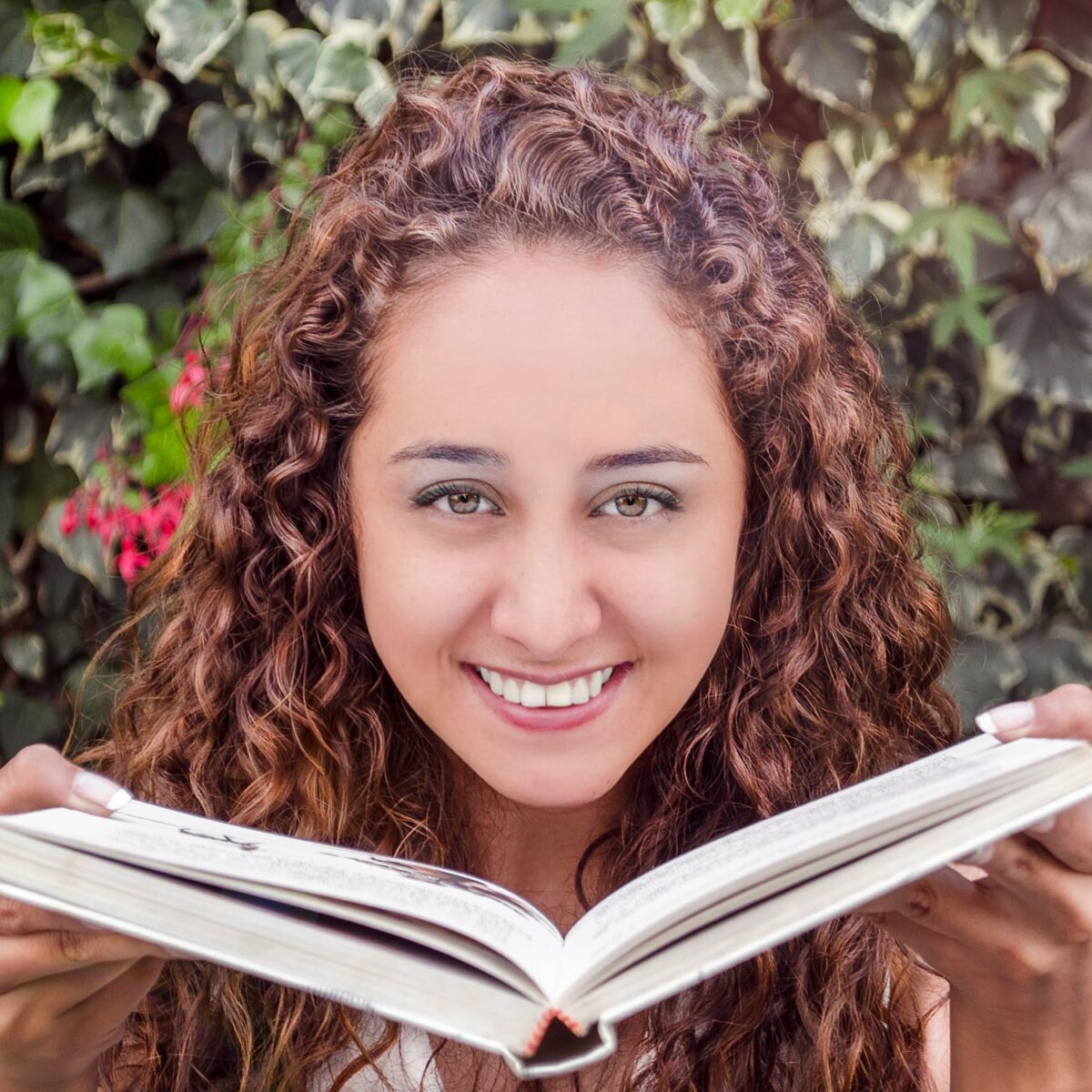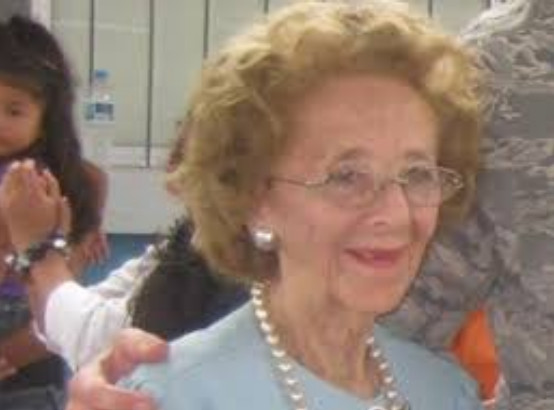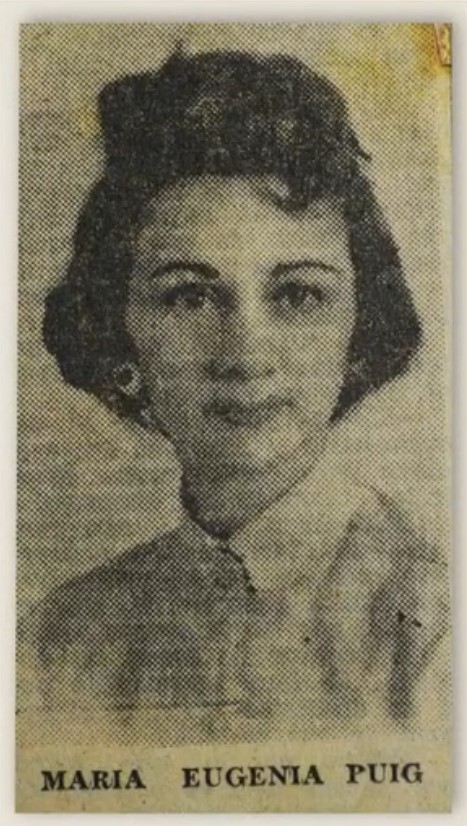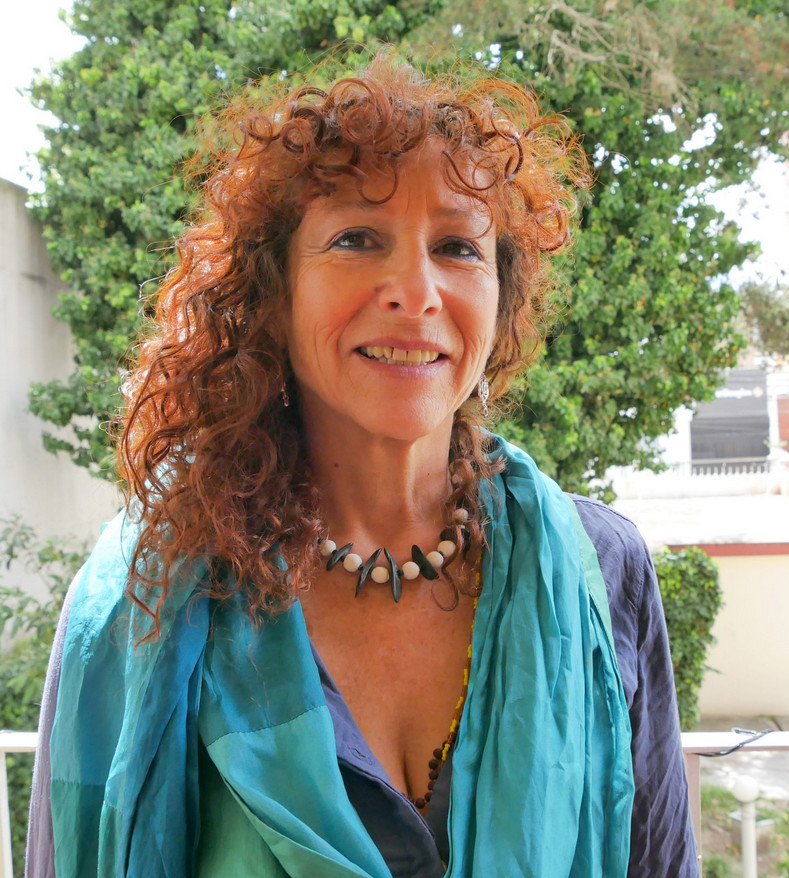Pastora Alomía de Guerrero (born Pastora Alomía Delgado, 1835 – May 21, 1919) was a poet from Ibarra, Imbabura, Ecuador, celebrated for her lyrical tenderness, harmony, and vivid imagery. After marrying in 1853, she began signing her work as Pastora Alomía de Guerrero or Pastora Alomía Guerrero. Recognized by the press in her time for her poetic talent, she was also a respected figure in her community. Though her poetic output diminished later in life, she left behind a notable body of work, including titles such as Un recuerdo a Pasto (1883), Desahogos y recuerdos (1894), and Una lágrima (1912). Her poems were featured in major Ecuadorian anthologies, such as Parnaso ecuatoriano (1879), where her piece “A María” was included. She died on May 21, 1919, at approximately 84 years of age; while some accounts suggest she may have passed away in Colombia, this has not been definitively confirmed.
Continue reading “Pastora Alomía de Guerrero”Category: Female writers
Paulette Sánchez Aguilar
Paulette Sánchez Aguilar is an Ecuadorian writer, filmmaker, and multimedia artist whose work explores themes of resilience, self-discovery, and emotional depth. She made her literary debut with “Mujer Corazón”, a short story featured in the international anthology “Trazos del Alma”, published by the Colombian press Mítico. Inspired by her personal experiences living with a pacemaker, her writing delves into the complexities of vulnerability and strength. Beyond literature, Sánchez has built a diverse creative career in film, photography, and children’s books, earning recognition with awards like Best Short Film at the Intercollegiate Film Festival (FIC) in 2015. Her children’s books, “El Conejo Santi Aprende Buenos Modales” and “El Conejo Santi en la Mesa de Navidad”, showcase her ability to engage young audiences. With her work available in multiple countries, she continues to shape the Latin American literary landscape, using storytelling as a tool for connection and introspection.
Continue reading “Paulette Sánchez Aguilar”Corina del Parral Durán
Corina del Parral Durán (Bahía Blanca, Argentina, January 25, 1905 – Buenos Aires, Argentina, February 8, 1979) was a celebrated Argentine composer, pianist, poet, and social advocate who served as the First Lady of Ecuador during her marriage to President José María Velasco Ibarra. Known for her profound contributions to Ecuadorian society, she founded the Patronato Nacional del Niño, a pioneering child welfare organization that set a standard for future social programs. Del Parral also created popular Ecuadorian musical compositions and wrote poetry under the pseudonym “Alma Helios,” leaving a legacy in the arts and social welfare that continues to be honored in Ecuador and Argentina.
Continue reading “Corina del Parral Durán”Lorena Salazar Suquilanda
Lorena Salazar Suquilanda (Quito, Ecuador, May 6, 1983) is a poet, clinical psychologist, and human rights advocate whose work interweaves creative expression with a commitment to educational inclusion. Known for her poetry, which explores themes of resilience and human complexity, she has contributed to notable anthologies like Con Ciertas Palabras and 10 Orillas and has performed at international poetry festivals such as Casa Bukowski’s “Mujeres.” Alongside her literary endeavors, Salazar has served as a university lecturer and consultant specializing in inclusive education for vulnerable populations, with a distinguished record of roles with UNESCO, Ecuador’s Ministry of Education, and various human rights organizations.
Continue reading “Lorena Salazar Suquilanda”Carlos Alejandro Ardila
Carlos Alejandro Ardila Ardila (Portoviejo, Ecuador, August 23, 1951), often referred to simply as Carlos Ardila, is an Ecuadorian poet and cultural promoter, widely known as “El Poeta del Pueblo” for his accessible and community-focused poetry. Ardila began writing in his teens, and his career now spans over five decades, with numerous published works, including Poesía Eterna (2002), Hablemos de Amor (2011), and A Mi Manera (2017), the latter archived in the prestigious Archivo de Indias in Seville, Spain. His poetry reflects themes of romance and social awareness, capturing the lives and struggles of his community in Manabí.
Continue reading “Carlos Alejandro Ardila”María Alejandra Almeida
María Alejandra Almeida Albuja (Ibarra, Ecuador, February 16, 1992) is an Ecuadorian author and lawyer known for her contributions to children’s and young adult literature. She began her writing career at age 11 with her first published story, and has since authored numerous acclaimed books, including La habitación secreta (2014), La esfera dorada (2017), and El pez más feo del mundo (2020), many of which have received prestigious awards like the Premio Nacional Darío Guevara Mayorga. In addition to her literary work, Almeida holds a law degree from the Pontificia Universidad Católica del Ecuador and a postgraduate degree in public policy research from FLACSO, balancing her time between human rights advocacy and writing.
Continue reading “María Alejandra Almeida”Angélica Flores Zambrano
Angélica Flores Zambrano (Manta, circa 1919 – ibidem, April 11, 2013) was a celebrated Ecuadorian poet, writer, and educator known as “La Novia de Manta.” She contributed significantly to local culture by authoring hymns for various schools and organizations in Manabí. Flores also contributed articles to publications such as El Universo, El Telégrafo, El Mercurio, El Diario Manabita, and Recado Cultural de Portoviejo. She published a book of poetry and prose, Cartas de María (2001). Her legacy includes numerous awards, and a school in Manta is named in her honor.
Continue reading “Angélica Flores Zambrano”Jenny Romero Pape
Jenny Romero Pape (1930 – Unknown) was an Ecuadorian poet and cultural figure. Best known for her poetry collection La rosa de cristal (1958), she explored themes of love, solitude, faith, and patriotism. In 1968, she also published Por un mundo mejor, a work linked to Ecuadorian essays and Catholicism. Romero Pape was also active in the cultural scene of Guayaquil as a member of the Agrupación “Cultura y Fraternidad” (Culture and Fraternity Association). She wrote the lyrics for the anthem of the “Nueve de Octubre” National High School, created during a competition, with music composed by Divina Icaza Coronel.
Continue reading “Jenny Romero Pape”Patricia Velásquez de Mera
Patricia Velásquez de Mera, formerly Patricia Velásquez Villacís (Guayaquil, Ecuador, 1951), is an Ecuadorian-American poet, novelist, and visual artist. She began her literary career with the novel El Porvenir de Aniata (1996) and later published poetry collections such as Entre dos ríos (2001) and Mapa de amor y de dolor (2007) under her married name, Patricia Velásquez de Mera. In addition to her literary accomplishments, she embarked on a painting journey at age 45, adding a new dimension to her artistic expression. Often using the pseudonym “Dagor” for her online poetry and art, Velásquez de Mera’s work explores themes of love, existence, and human emotion, seamlessly blending her literary and visual artistry into a unified creative vision.
Continue reading “Patricia Velásquez de Mera”Lucía Gómez de Bracho Urdaneta
Lucía Gómez de Bracho Urdaneta (1940 – Unknown) was a diplomat, writer, and poet. She held a doctorate in diplomacy and was renowned for her expertise in maritime law, particularly through her book Biografía del Mar (1977), which earned the First Latin American Prize in Maritime Law. She also authored the historical work Tratado de Guayaquil frente a la historia and published poetry, including the collection Transparencia. Gómez de Bracho Urdaneta served as Subdirector of the Regional Office of the Ministry of Foreign Affairs and wrote the lyrics for the hymn of the Asociación Ecuatoriana de Radiodifusión (AER).
Continue reading “Lucía Gómez de Bracho Urdaneta”Ana María Goetschel
Ana María Goetschel Garzón is an Ecuadorian historian and professor emerita at FLACSO Ecuador. She holds a Ph.D. in Social Sciences from the University of Amsterdam and a Master’s in Andean History from FLACSO Ecuador. Her research focuses on the history of women, education, and gender studies, particularly exploring the origins of feminism and the role of punitive action in Ecuadorian history. She has authored several influential works, including Moral y orden: La delincuencia y el castigo en los inicios de la modernidad en Ecuador (2019) and Cartas Públicas de Mujeres Ecuatorianas (2013), and has received numerous accolades, including the Premio Manuela Sáenz in 2019.
Continue reading “Ana María Goetschel”María Eugenia Puig
María Eugenia Puig Lince (Guayaquil, August 2, 1919 – Quito, February 4, 2001) was an Ecuadorian poet, intellectual, and diplomat. She co-founded the Grupo Cultural “Oasis” in 1955 alongside Rosa Borja de Ycaza and Zoila Luisa Campodónico de Caputti, and served as its director, documenting the group’s activities in the magazine “Oasis.” She was also a key figure in founding the Pan-American Women’s Round Table of Ecuador, advocating for women’s cultural involvement. Her legacy is honored through the Museo Municipal de Arte “María Eugenia Puig Lince,” inaugurated in Guayaquil in 2013.
Continue reading “María Eugenia Puig”María Leonor Madinyá Andrade
María Leonor Madinyá Andrade (Guayaquil, February 15, 1936 – Guayaquil, September 7, 2006) was an Ecuadorian poet known for her deeply introspective and melancholic poetry. Despite becoming blind at the age of 22, she mastered Braille and continued her literary pursuits, becoming an advocate for the blind. Her works, such as Palpitar de un sueño (1966) and Ventana del Alba (1968), are celebrated for their emotional depth and spiritual themes. Madinyá also hosted the long-running radio program Música y Poesía, promoting poetry in Ecuador for over two decades.
Continue reading “María Leonor Madinyá Andrade”María Eugenia Paz y Miño
María Eugenia Paz y Miño (Quito, Ecuador, 1959) is an Ecuadorian writer and anthropologist known for her contributions to literature and cultural studies. She has published notable works across various genres, including the acclaimed novel La puerta del Ilaló (2008) and the political thriller Que no quede huella (2020). Paz y Miño’s writing often intertwines her anthropological background with her literary pursuits, exploring themes of culture, politics, and human relationships. She has received several prestigious awards, such as the Rumiñahui de Oro and the Fondo Editorial del Ministerio de Cultura del Ecuador.
Continue reading “María Eugenia Paz y Miño”Gertrudis de San Ildefonso
Sor Gertrudis de San Ildefonso (Quito, 1651 – Quito, January 29, 1709) was a revered Ecuadorian nun, mystic, and writer known for her role in promoting the cult of Nuestra Señora del Amparo in colonial Quito. Born Gertrudis Dávalos y Mendoza, she entered the Order of Saint Clare at seventeen, where she experienced mystical visions and helped unveil a miraculous image of the Virgin Mary. A prolific writer of religious texts, including hymns and prayers, her work contributed to Quito’s artistic and spiritual heritage, and she was declared venerable for her devout life and lasting influence.
Continue reading “Gertrudis de San Ildefonso”

